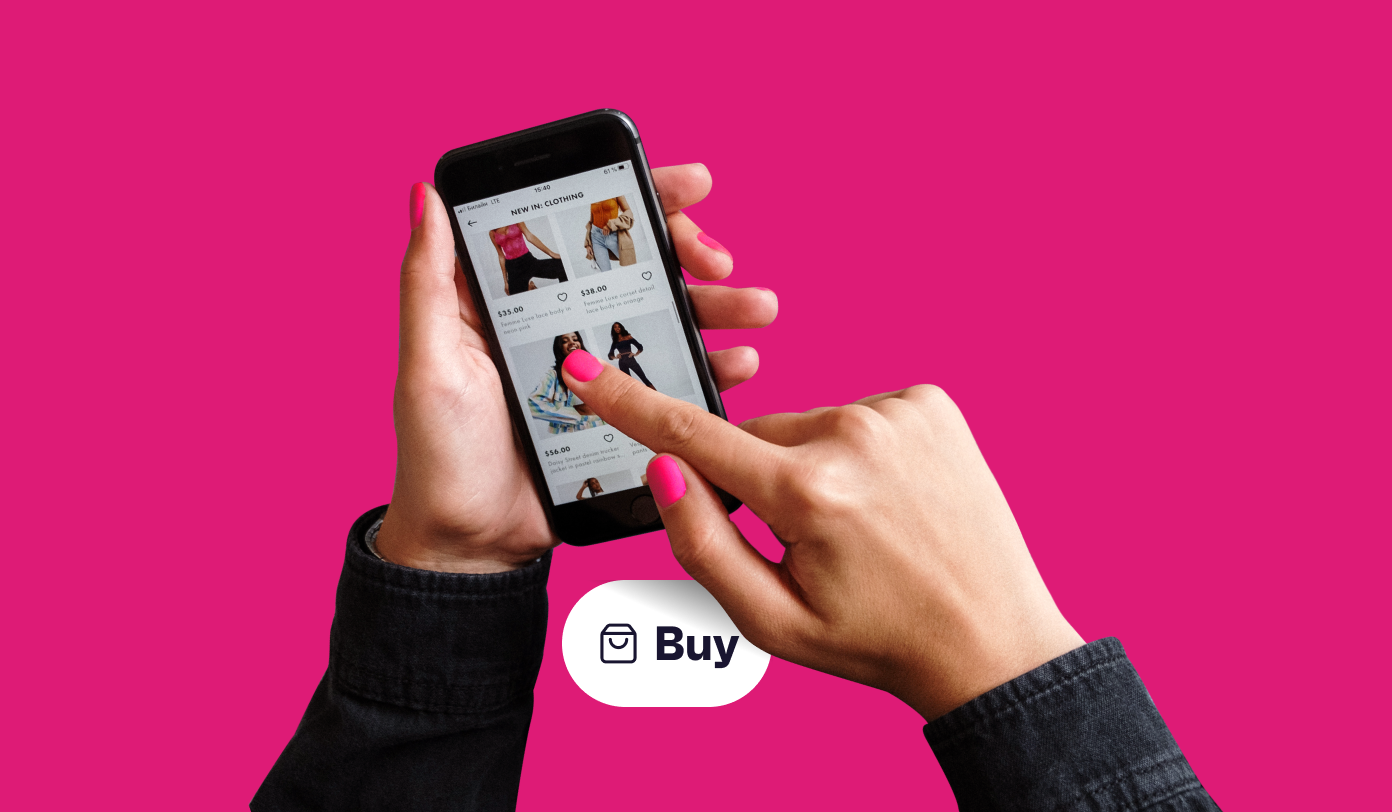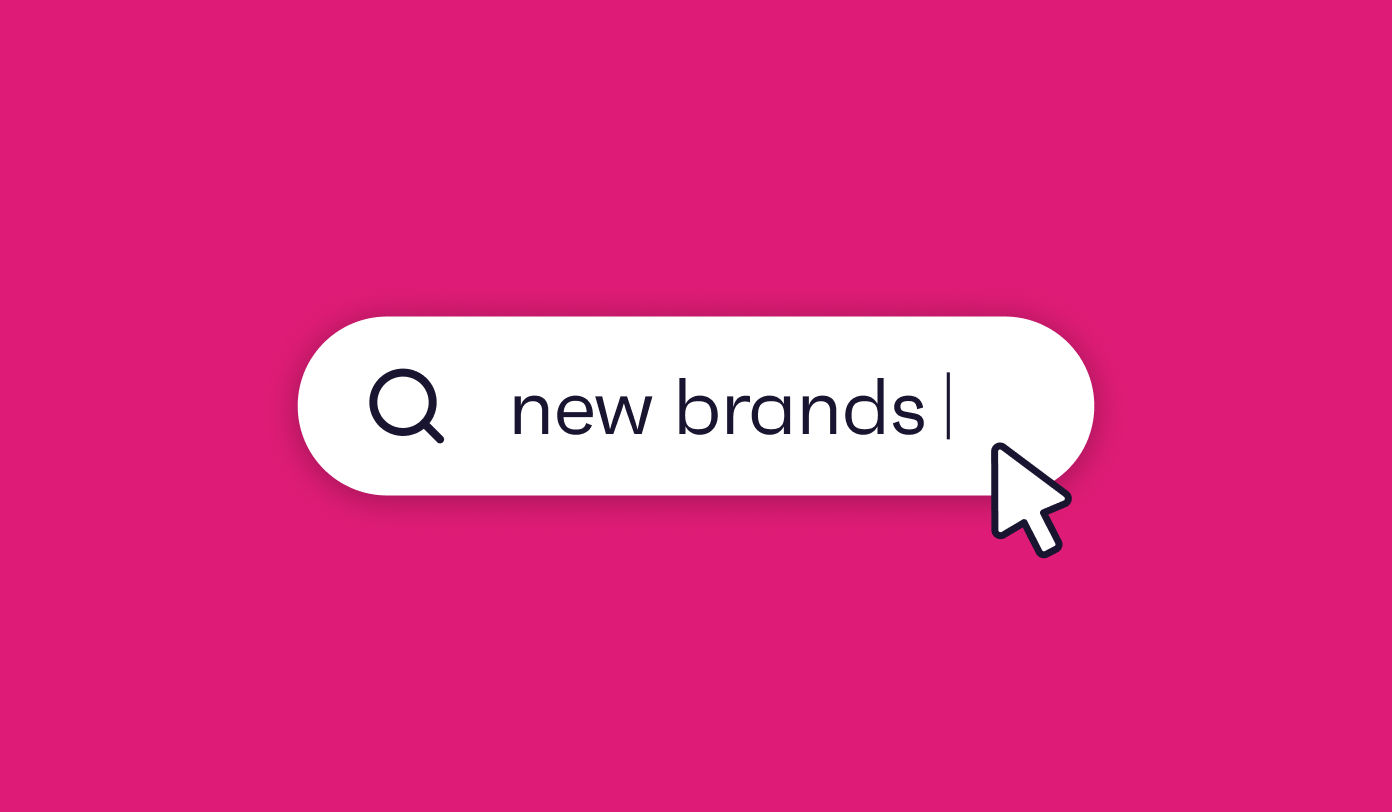Brand storytelling is a powerful way to build lasting connections with audiences through content.
A powerful brand story engages consumers, inspires emotion, and builds brand loyalty, forging meaningful relationships that go far beyond product and service. For many of us, brand storytelling is the bread and butter of our content marketing.
The five brands profiled here show exactly why it pays to tell data-led brand stories, but first let’s get clear on storytelling itself.
What even is a story?
In this context, a story is any narrative that makes us feel something. A great brand story works at the emotional level, appealing to the heart to get its marketing messages across in a way that straight descriptions can’t match.
Today’s brands aren’t just data collectors. They’re data storytellers too.
Without a strong story to tell, brands are missing out on an incredibly powerful form of customer engagement. So their challenge is to find an appropriate, authentic way to tell compelling stories through the data.
Without an effective brand story to tell, brands are missing out on an incredibly powerful form of customer engagement and brand awareness. So their challenge is to find an appropriate, authentic way to tell compelling stories through the data.
This matters for one very simple reason: the only way to really connect with an audience is to understand who they are, what they care about, and what keeps them up at night.
That’s what these five examples get right with their content and data storytelling. Let’s take a look.
5 examples of data-led brand storytelling that hit the mark
1. Airbnb
2. Spotify
3. Google
4. McKinsey
5. The BBC
AirBnB
Data storytelling lies at the very heart of Airbnb’s marketing campaigns.
Its nuanced understanding of its audience and creative use of consumer data has made it one of the most iconic brands operating today and a star of content marketing.
A lot of Airbnb’s brand identity is about community and local hospitality, tapping into holidaymakers’ desires for more local, and more personal travel experiences. To do this, Airbnb’s content marketing tells two sorts of data-driven stories: general and specific.
General means revealing fascinating insights buried within the numbers – for example, the best places for hosts to set up an Airbnb in a particular town for maximum bookings, through to identifying the type of properties that work best and predicting letting success based on price and features.
This stuff matters because cultivating trust is the absolute lifeblood of Airbnb’s existence.
Data science makes this possible by finding ways to engage with users that really matter to them.
Think of data as the voice of AirBnB customers.
It helps the creation of personalized services like creating a perfect match between the guests and hosts for a brilliant customer experience.
Airbnb also uses data about host/guest interactions, current events, and local market history to provide real-time recommendations – which travelers can accept or reject.
For example, Airbnb’s price tip feature is a continuously updated guide telling hosts how likely it is they’ll get a booking at the price they’ve chosen. Hosts can look at the calendar and see when they’re likely to be sold out at the current price and when they aren’t. They also offer recommendations based on data that can boost occupancy and guest lower turnover for hosts. Because reservations of a week or longer made up 46% of nights booked in 2022, Airbnb recommends offering discounts on longer stays.
Specific data-driven stories profile the people who play a huge part in making Airbnb what it is – the hosts.Airbnb has created a story hub called – drumroll please – Host Stories dedicated to data storytelling, and offers considerable resources to letting the individuals involved be heard.
Please accept the cookie consent
These mini stories bring a human dimension to Airbnb’s offer, enabling individuals around the world to literally tell their story.
While these real-life stories may not have the same brand building impact as features like price tip, they’re far closer to what most people would consider a story, and really help create an emotional connection between brand and audience.
Spotify
Spotify continues to go from strength to strength. As we covered in our entertainment report, Spotify reported a 40% year-on-year growth in ad revenue in Q4 2021, which now accounts for 15% of its total revenue, while usage of the streaming service has doubled since 2017.
Spotify is also home to one of the clearest and arguably coolest examples of visual storytelling and content marketing: Spotify Wrapped, a roundup of personal music highlights created automatically for every customer, every year.
Please accept the cookie consent
Spotify Wrapped neatly summarizes a customer’s streaming history for the last 12 months. By default the content is pretty straightforward – at its core it highlights artists, tracks, albums, genres, stream date, and time spent listening, although an API enables the more technically-minded to map each track to audio features like key and tempo. Spotify even provides data points like ‘loudness’, ‘energy’ and ‘danceability.’
Spotify Wrapped is an appealing data present delivered to all 400 million+ users each December 1, just in time for the holidays.
Importantly the data is presented as a literal story, making it immediately understandable and begging to be explored. Not surprisingly, this sort of data storytelling has become an incredibly popular feature and a powerful way to attract new customers, and strengthen Spotify’s entire brand story.
Of course Spotify isn’t the only company to do well by presenting customers’ browsing history back to them. TikTok is all about algorithmic-based viewing and encourages users to buy big time trends.
But Spotify Wrapped has managed to become an annual tradition among music lovers, marking the change of seasons in the same way as other beloved cultural staples.
Similar to Spotify Wrapped is Google’s Year in Search, a data-driven story that enables us to “see the questions we shared, the people who inspired us and the moments that captured the world’s attention each year.”
Please accept the cookie consent
Like Spotify, Google compiles the most searched words and phrases from the past year and presents the resulting story in the form of a thought-provoking video. For 2022, Google’s aim was to inspire with a brand narrative focusing on the themes of healing and moving forward.
Google’s Year in Search eloquently makes the point that stories are all about emotion.
For example, 2022 Year in Search showed that “Can I change?” was the most searched phrase in the world.
Across a huge range of areas – from careers to new outlooks on life – people were interested in the power of change and transformation. This is powerful, responsive stuff that reflects the real concerns of individuals across the planet.
In market research, it’s easy to forget the humans behind the numbers, but Google’s Year in Search proudly places them front and center.
McKinsey
How well – or not – were people around the world coping with the upheaval of COVID-19? What were their stories? And what did these stories say about the state of the world?
One way to find out is to consult McKinsey’s Emotion Archive, an online storytelling hub that captured and analyzed the personal stories of hundreds of people across eight countries who volunteered to share their lives during the pandemic.
Touching on health, family, finances, work, and more, The Emotion Archive used consumer content and data to create an interactive, data driven storytelling experience that was essentially a snapshot of what people were feeling during that unprecedented moment in history.
While these micro data stories were fascinating in themselves, the real impact becomes clear when they’re analyzed together. It’s here that the value of this project for McKinsey and its brand starts to become clear.
While slight differences appear from country to country – more joy in India, more anticipation in Australia – the compelling narrative the data told is that, above all, people all over the world felt surprisingly similar about the crisis and its impact on their lives.
These stories help position the brand as an innovative thought leader, asking the questions others didn’t and finding the insights others couldn’t.
Like other examples here, the brand-boost these data-led stories deliver justifies the investment.
The BBC
Data has always mattered to media organizations as they’ve always sought out the facts and figures behind their stories. What’s changed is the data source.
As well as old-style investigative journalism – knocking on doors and asking questions – the BBC can now mine consumer data to find their stories, typically presenting the result in highly interactive and engaging online formats.
What we’re talking about here is ‘data journalism’, a term that covers a range of disciplines and is used in varying ways by news organizations positioning themselves as forward thinking and in tune with today.
For the BBC, this data-driven brand storytelling is pure gold.
A light-hearted example of a data story in action is The world at 7 billion: What’s your number? published to coincide with the official date at which the world’s population exceeded 7 billion. By entering their birth date, consumers can find out what ‘number’ they are, in terms of the global population. The result is effortlessly shareable on social media and is an example of pure data-driven storytelling that builds the BBC brand.
Another angle to this is the rise of stories actually created through automated data processing.
The BBC isn’t the first news organization to do this. The Associated Press has been generating stories based on quarterly earnings reports for years, and within minutes of a Californian earthquake, the LA Times’ QuakeBot will have a write-up. The Press Association’s RADAR project has been generating thousands of data-driven stories for regional media outlets and social media in the UK to consume.
Experimenting with new ways of data-driven storytelling supports the BBC’s commitment to innovation and helps it connect to younger audiences, a group the BBC desperately needs to reach. A remarkable 47% of Gen Zs around the world stay up-to-date with the news via TikTok, while 58% use Instagram – none of which is good news for traditional providers like the BBC.
But automated content creation, and powerful data storytelling make it easier to provide personally relevant snippets of information to consumers, something the BBC knows appeals to the time-poor who might not choose to explore a lengthy analysis. The result is also highly shareable on social media, which of course only increases its appeal to younger audiences.
Report
Discover the trends that'll dominate 2023
Get ahead





.webp?width=495&height=317&name=pink_thumb_graphs%20(1).webp)
.webp?width=495&height=317&name=pink_thumb_letter%20(2).webp)
